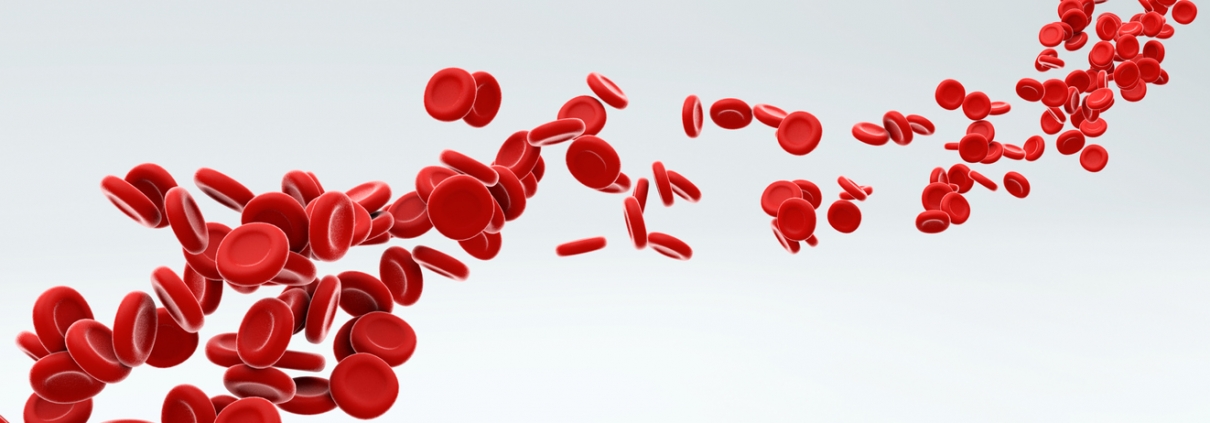DVT: Causes, Warning Signs, Treatment and Prevention
Any type of vein blockage can affect your health, but some conditions are worse than others. Deep vein thrombosis or DVT occurs when a blood clot forms, causing a disruption of blood flow in one of the deep veins in your body, typically your legs. While deep vein thrombosis is not as visible as other disorders affecting superficial vessels, the condition can lead to severe complications.
Knowing your risk of developing a DVT can often help in preventing them from occurring. Let’s talk about the causes, warning signs, treatment and prevention to help you remain vigilant against this dangerous health condition.
Causes of DVT
Vein function depends on many factors, such as the likeliness of your blood to clot. People with blood-clotting disorders that promote excessive coagulation (thickening) are at higher risk of getting deep vein thrombosis. For these individuals, their blood might form clots more easily, or their body might find it more difficult to dissolve clots that do form.
There are many other things that can cause a DVT. Some of the most common include, age; people over 60 are more at risk for developing a DVT, sitting for a long period of time, like when you take a long trip, extended bed rest or immobilization, surgery, being overweight, inherited blood disorders, smoking, pregnancy and being on birth control.
Development of DVT Symptoms
As deep vein thrombosis develops, affected regions of the leg start to suffer from poor blood circulation. Common symptoms include unexplained leg pain, swelling, and visible inflammation. The skin may appear red and swollen, and your leg may also feel tender.
It is important to note that half of all cases of deep vein thrombosis are asymptomatic. Given that the disease can sometimes be hard to detect, regular checkups should be your priority if you have risk factors.
Treatment of DVT
If you develop symptoms of a DVT, you want to seek medical care immediately so that your doctor can treat it quickly.
Blood thinners are commonly used to treat DVT. They lower the blood’s ability to clot. You may need to take them for as long as 6 months after the DVT occurs, and if the clot is severe or extremely large, your doctor may give you stronger medication called thrombolytics to dissolve it. These drugs have the potential to cause serious side effects like sudden bleeding, so they are not used often and only in extreme cases.
If you are unable to take blood thinners or if one doesn’t dissolve the clot, your doctor may insert a small, cone-shaped filter into the largest vein in your body, the inferior vena cava. This filter can capture a large clot before it can do damage.
Preventing a DVT
There are things you can do to help prevent the formation of a DVT. If you are sedentary or immobile, it is a good idea to walk regularly. Thirty minutes per day of walking can do wonders for your health and helps to keep your blood flowing. If you are going on a long trip by car, try stopping regularly and get out and stretch and walk. If you are going on a long airplane trip, move your legs in your seat often and get up and move around periodically. Also, be sure to stay hydrated. If you smoke, quit and if you are overweight, work on losing those extra pounds.
In order to prevent clots from forming, you may need to wear compression stockings. These are special socks that apply pressure to your lower legs, helping to maintain blood flow. This pressure prevents blood from pooling in your veins. There are some compression socks that are available over the counter, but your doctor may prescribe some stronger ones that need to be professionally fit for you.
Complications of DVT
One major complication of deep vein thrombosis occurs when a blood clot detaches and travels around your body. If the clot gets stuck within the lungs’ blood vessels, you can develop a pulmonary embolism which is life-threatening. Hallmark symptoms include sudden breathing difficulties, fast pulse, coughing up blood, and chest pain that worsens upon inhalation. Pulmonary embolism is a medical emergency, so seek immediate medical help if these symptoms suddenly occur.
DVT Treatment in Liberty and Marshall, Missouri
Given the dangers of DVT, it’s essential to realize that genetics and lifestyle choices all play a role in this disease. Physical activity and a healthy weight can protect you from vein disorders. If you feel any symptoms of low blood circulation, make sure to approach a healthcare provider specializing in vein health.
With facilities in Liberty and Marshall, Missouri, Missouri Vein Specialists provides comprehensive venous healthcare with excellent results. We specialize in minimally invasive methods for treating cosmetic and functional vein conditions. To learn more, call us at (816) 792-3400 or use our contact form to send us your inquiries.





